مشاهده لینک ها و تصاویر پس از ورود یا عضویت
Introduction
From the very founding of the American Society of Mechanical Engineers (ASME International) in1880, discussions were held on standards for shop drawing symbols, pulleys, and line shafting,machine screws, key seats, and drawing boards.With the ever-increasing industrialization, lack of interchangeability also became a problem. Engineers realized the need for standardization –the need to arrive at universal agreements on how, for example, a consumer could buy a bolt in California for a nut acquired in New Jersey, or how a worn boiler connection could be easily replaced by a new one that would fit into place securely and safely. In 1883, a committee on standards and gauges was created. During the annual meeting of the Society in the same year, a paper was presented on the need to adopt a set of rules for conducting boiler tests which would be generally accepted among engineers as a standard codeof practice. The paper emphasized the prevailing lack of uniformity in that “every engineer who performs a boiler test makes a rule for himself, which may be varied from time to time to suit the convenienceor interests of the party for whom the test is made.” This resulted in the formation of a committeeto study the subject of a uniform test code. Such a test code as published in 1884 and became ASME's first standard. Shortly thereafter, the Society decided that pipes and pipe threads should be standardized and that the standards committee should be composed of “men epresentative of pipe anufacturers and pipe users, with perhaps one representative of sprinkling systems and certainly one of the manufacturers of taps and dies.” Such an approach to balance came to typify the makeup of future ASME tandards committees.
نمایش نتایج: از 1 به 1 از 1
موضوع: کدها و استانداردهای asme
Threaded View
-
- تاریخ عضویت
- 2006/05/19
- محل سکونت
- شهر تهران
- سن
- 39
- نوشته ها
- 2,111
- پسندیده
- 140
- مورد پسند : 131 بار در 103 پست
- نوشته های وبلاگ
- 371
- میزان امتیاز
- 10
 پورتال تاسیسات، اولین محتوای الکترونیکی تاسیسات در ایران
پورتال تاسیسات، اولین محتوای الکترونیکی تاسیسات در ایران
اطلاعات موضوع
کاربرانی که در حال مشاهده این موضوع هستند
در حال حاضر 1 کاربر در حال مشاهده این موضوع است. (0 کاربران و 1 مهمان ها)
موضوعات مشابه
-
فروش استاندارد asme
توسط hadiranji در انجمن استانداردهای ملی و بین المللیپاسخ: 0آخرين نوشته: 2013/12/03, 12:30 -
آشنایی با انواع فلنجها ( طبق استاندارد asme b16.5 )
توسط maziyar.mail در انجمن پایپینگ، گازرسانی، آتش نشانیپاسخ: 1آخرين نوشته: 2012/03/10, 19:47 -
استاندارد طراحی مخازن asme
توسط meybotyhvac در انجمن استانداردهای ملی و بین المللیپاسخ: 0آخرين نوشته: 2011/06/06, 09:17 -
استاندارد bpe asme نسخه 2007
توسط meybotyhvac در انجمن استانداردهای ملی و بین المللیپاسخ: 0آخرين نوشته: 2011/06/06, 09:08 -
Asme b18 یک کتابخانه دیجیتال سریع از اولین استانداردهای asme ...
توسط meybotyhvac در انجمن استانداردهای ملی و بین المللیپاسخ: 0آخرين نوشته: 2011/06/06, 09:06
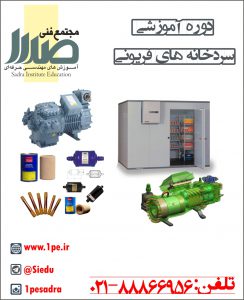
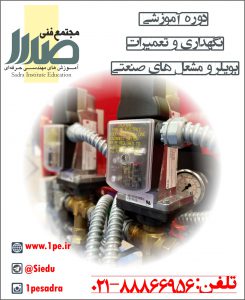
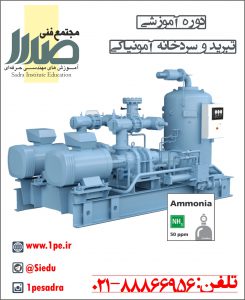
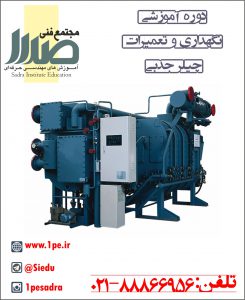

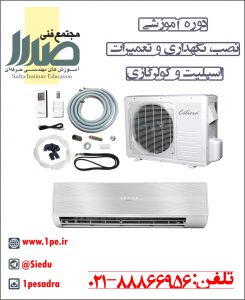




 پاسخ با نقل قول
پاسخ با نقل قول
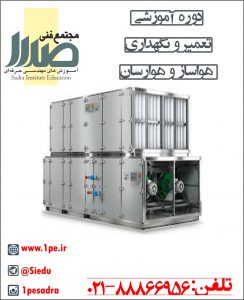
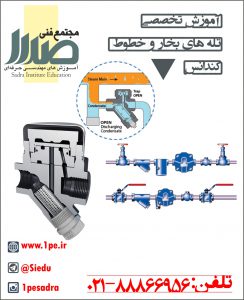

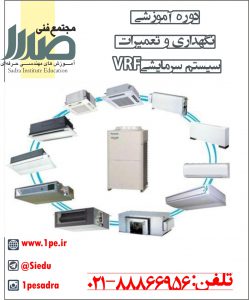
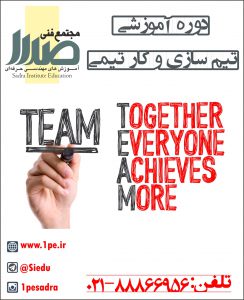
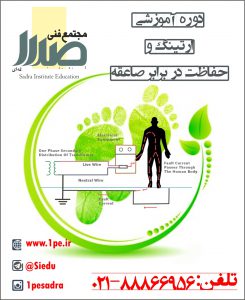
علاقه مندي ها (Bookmarks)